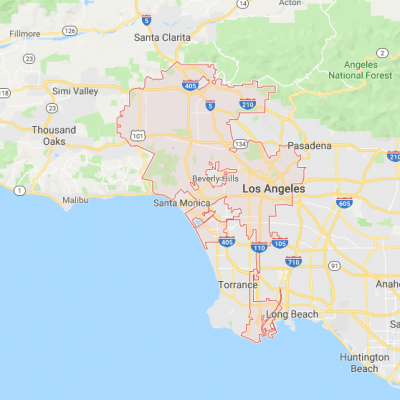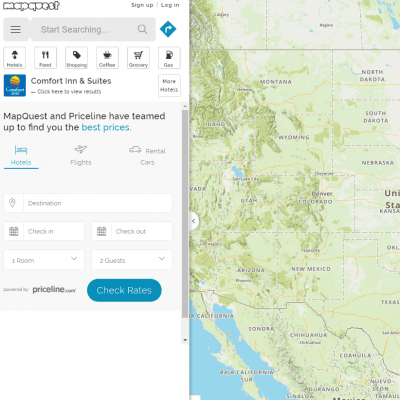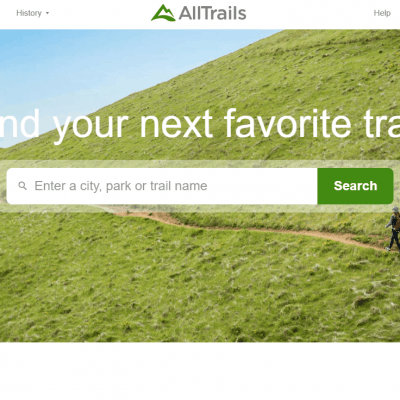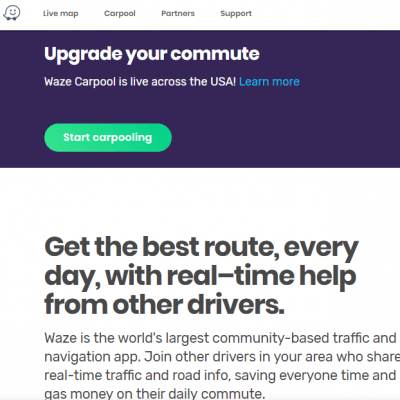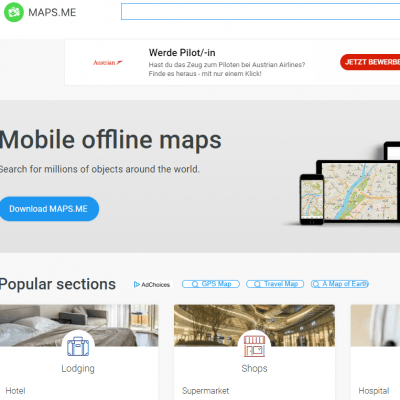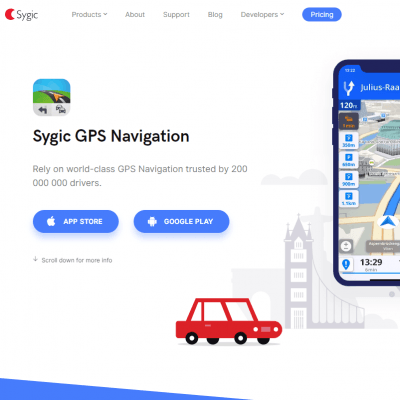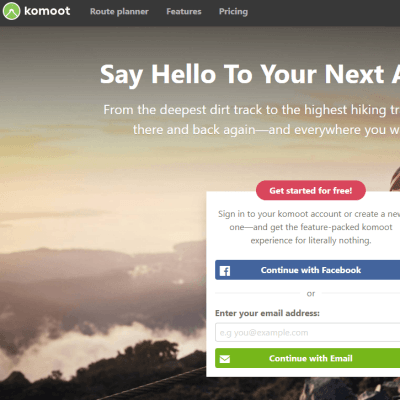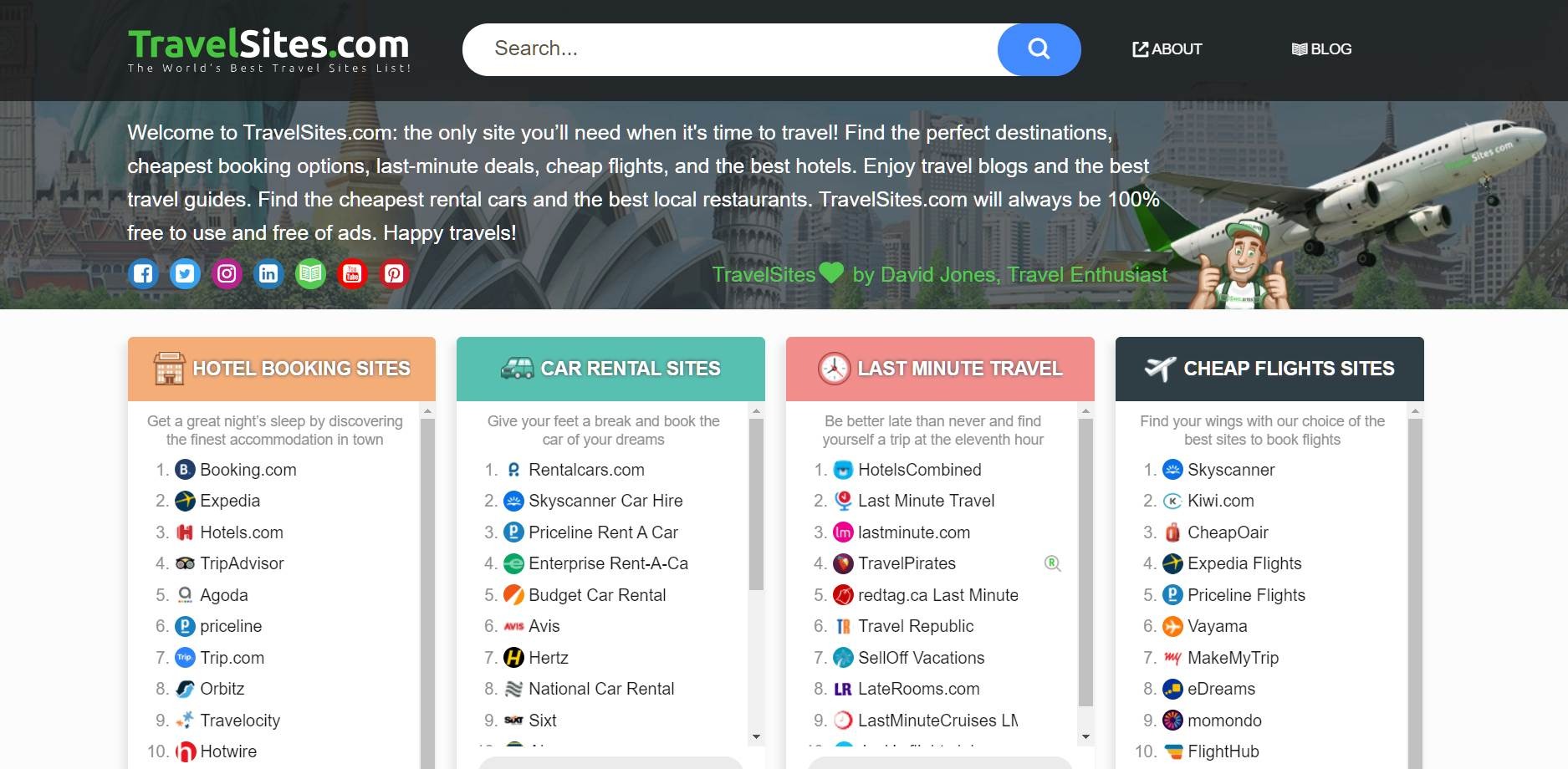Navigating
Getting lost when in unfamiliar territory can be an anxious experience. Not only can it be dangerous, if you can’t remember the name of where you’re staying or are having problem communicating with the taxi driver, you could find yourself in some unwanted bother that could have knock on effects for the rest of your trip. And the worst thing is that getting lost is easily done, especially at night when everything suddenly looks the same and you can no longer follow the crowds to make your way back to the city centre. Thankfully, there is a simple way to combat this: navigation apps and websites. Whereas before, SatNav was something that only people in cars would use, you can now access the best navigation systems and more, all from the convenience of your smartphone. Whether you’re in Berlin or Bangkok or Barcelona, you’ll easily be able to make your way back to where you started, as well as discovering new places and things to do, avoid traffic jams and find the closest petrol stations.
For that reason, we have compiled a list offering a selection of a the top eight travel navigation platforms, be it a smartphone app or website. Getting around can be tough business when abroad, particularly when somewhere that isn’t signposted and is perhaps a bit off the beaten track. However, since the arrival of navigation services that can be downloaded directly to your smartphone, it has become easier than ever to get out of being lost, no matter where you find yourself. That being said, with so many similar platforms readily available, it can be difficult to know which one is best to refer to, hence we took into account a range of factors to ensure that only the best were selected. Each one was thoroughly assessed, with each review containing a brief summary of the service, its highlights, what makes it unique and its potential drawbacks, while the pros and cons of each one are listed in an easy-to-read set of bullet points below each review. There are hundreds of platforms out there, all promising to offer the best travel navigation systems, yet we’ve chosen only the ones that most suitably fit our criteria by considering a number of factors outlined below.
Data roaming charges when travelling have always been a concern for those keeping a close eye on their budget as they quickly can add up and become considerably expensive. This means that any mobile application or website that requires internet connection to function becomes largely defunct when on the move, while waiting to gain access to free Wi-Fi can be awkward when travelling somewhere remote, like the Amazon or the desert. Hence, those platforms that offer the ability to download their content so that it can be accessed in an offline mode are infinitely useful to travellers and ultimately come out on top of those that require continual connection. Not only do they save on data roaming charges, they also preserve your phone battery, as using 3G use quickly drains it when activated. Maps.me is one platform that allows its users to download very specific areas of a map in order to get detailed information on that particular place, while at the same time saving storage space on your smartphone. For that reason, we tried to ensure that the platforms we included in the list offered the ability to download its content for offline use.
Adverts were also taken into account when reviewing the various travel navigation platforms, especially those that hindered and distracted from the service being offered. One key example of this is Waze. While using the app to track a journey, an advert banner will appear across the screen at random intervals, obscuring the map and forcing the user to cancel it, a dangerous task if driving alone. Pop-up ads can be very irritating and lead to users clicking on the pop-up by accident, taking them to a new website that they do not want to be on. Although clearly these platforms need to find some form of revenue, there are certainly more tactical ways of implementing them than pop-ups, while offering a premium version that gets rid of the ads is also a good way to tackle the issue.
Roads, tracks and paths are constantly changing and therefore demand regular updates on maps in order to continue providing users with accurate information. This was a key factor taken into consideration across all the apps, as directions that require using roads that no longer exist or have been closed for maintenance can lead to inconveniences and delays which can have knock on effects for the rest of your travels. Therefore, it is paramount that the service provides regular updates to key routes to ensure that you will not be led down a path that results in a dead end. Sygic and Maps.me are two examples of apps that guarantee frequent updates to their content, with Maps.me applying changes every one to two months, making it far more reliable than a printed map that can become redundant fairly soon after buying it. The location of new gas stations is also included in a number of the platforms, which is also information that would be difficult to obtain unless you were regularly buy updates of printed maps, undoubtedly a considerably more expensive option.
This leads onto the next factor that was considered which was pricing of the service. Not just pricing but also value for money, as free apps do not necessarily represent the best option due to aspects such adverts or low quality content. For example, while Google Maps is free download smartphone app offering a whole range of useful features, its content is not available to access offline, meaning it becomes largely redundant when navigating in a foreign country where you cannot use data roaming due to the significant costs associated with it. At the other end of the scale is an app such as Sygic, which offers a basic service and charges for any add-ons, like voice navigation, real time traffic information and unlimited maps. As these are features that can accessed on other platforms, such as Maps.me, for free, it does not make sense to pay for them on Sygic and would certainly not be the first choice for travellers on tight budgets, such as young backpackers. Komoot, on the other hand, charges its users $3.99 USD per added feature, however they offer a unique service that cannot be accessed elsewhere for free. Therefore, it was important to consider price and value for money, as cheaper or free does not necessarily represent better in our list.
Overall, this list provides a selection of the eight most useful navigation platforms for travellers, whether getting to their home from the gym, or between cities on the other side of the world. Getting lost and not knowing where you are going when abroad can be a frightening experience that can have consequences for the rest of the trip, particularly if it means missing other forms of transport like flights and trains. Therefore, it is vital you have access to the best resources for getting around, finding out traffic information, knowing how far away the furthest gas station is and more. We have taken into account the aforementioned factors to provide you with only the most genuine and useful platforms for all this, so that you can have peace of mind when venturing to new locations that you are best prepared for travelling from A to B and arriving precisely where you need to be on time.
